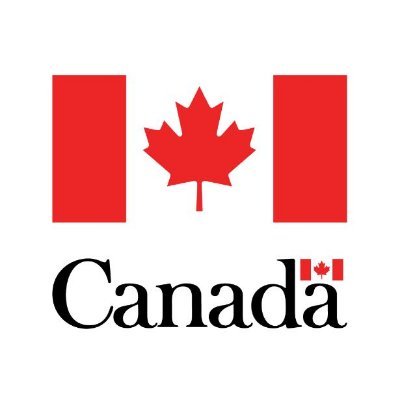Data released on Friday, June 7, has shown that Canada’s unemployment rate edged up to a more than two-year high in May, with wage growth accelerating, giving two diverging signals on how the Bank of Canada will digest the reading for its next rate decision in July.
Employers across the country added 26,700 jobs in May from April while the unemployment rate edged 0.1 percentage point higher to 6.2%, the highest since January 2022, according to Statistics Canada. The pace of hiring was slightly stronger than market expectations for the addition of 22,500 jobs but follows a 90,400 jump in employment the month before.
Hiring in May was all for part-time positions. When calculated using U.S. Labor Department methodology, Canada’s unemployment rate was inched up 0.1 point to 5.2%. In contrast, U.S. job creation blew past expectations even as the jobless rate ticked up to 4% for a mixed view of America’s labor market.
The unemployment rate in Canada has trended higher for a little over a year, rising 1.1 percentage points since April 2023 even as employers have continued to add to their ranks. Canada in May added 402,300 jobs compared with a year earlier, though that strength has been outpaced by immigration-driven growth in the population, with almost 100,000 added to the population during May alone. The employment rate, the proportion of the working-age population that is employed, eased 0.1 point from April to 61.3%.
There were roughly 1.4 million unemployed in the country last month, a 2.1% increase from April, with a rise in joblessness for people out of work for 27 weeks or more and a decline in the proportion of people who managed to find a job in May than before the pandemic, possible indications that Canadians are finding it tougher to land work.
The overall soft job data suggests a low bar for the Bank of Canada to consider further loosening monetary policy, after this week it became the first Group of Seven central bank to lower its policy interest rate. Still, a re-acceleration in wage growth is likely to catch the attention of give policymakers.
Canada’s consumer-price index eased to 2.7% in April, the slowest pace in three years, and economic growth recovered in the first quarter of the year but was more sluggish than the central bank and economists were expecting.
Still, earnings continue to advance more strongly than headline inflation and average hourly wages for permanent employees advanced in May by the most since January, rising 5.2% from a year earlier to beat the 4.7% growth economists anticipated. The re-acceleration comes after signs in recent months, including in separate payroll data, that the pace was cooling.

